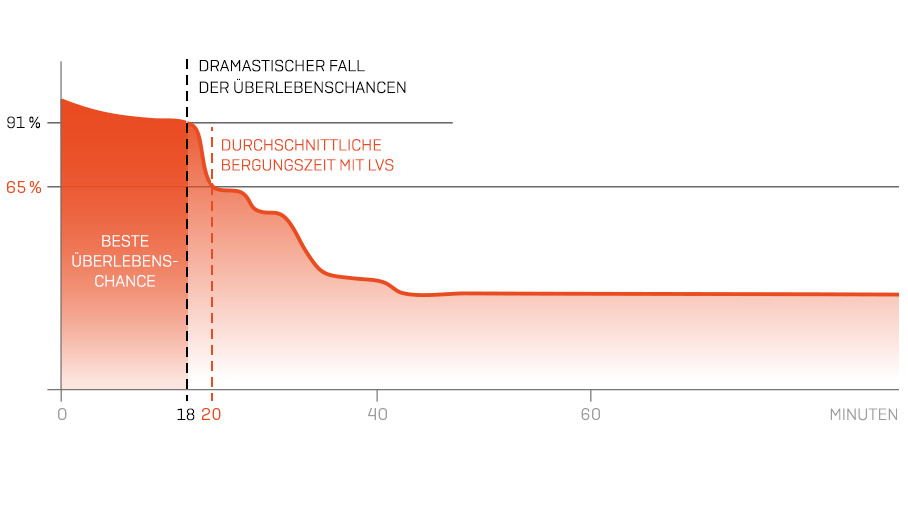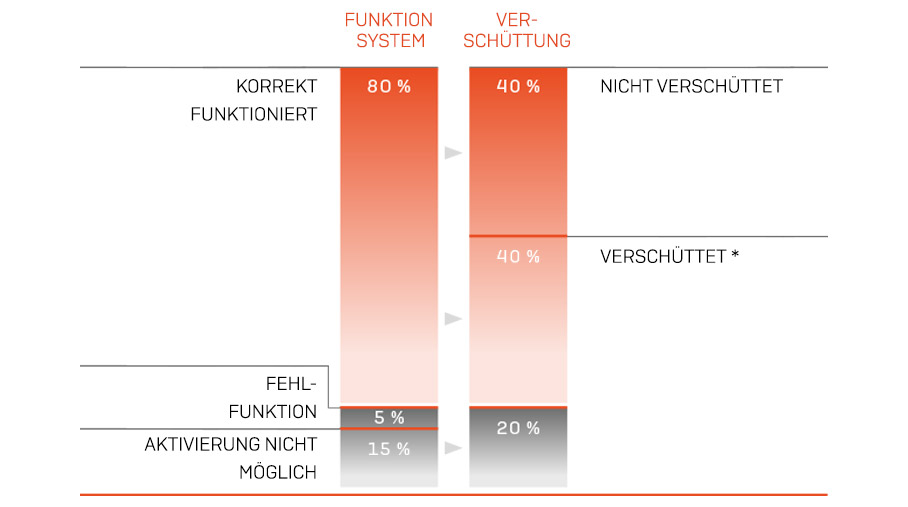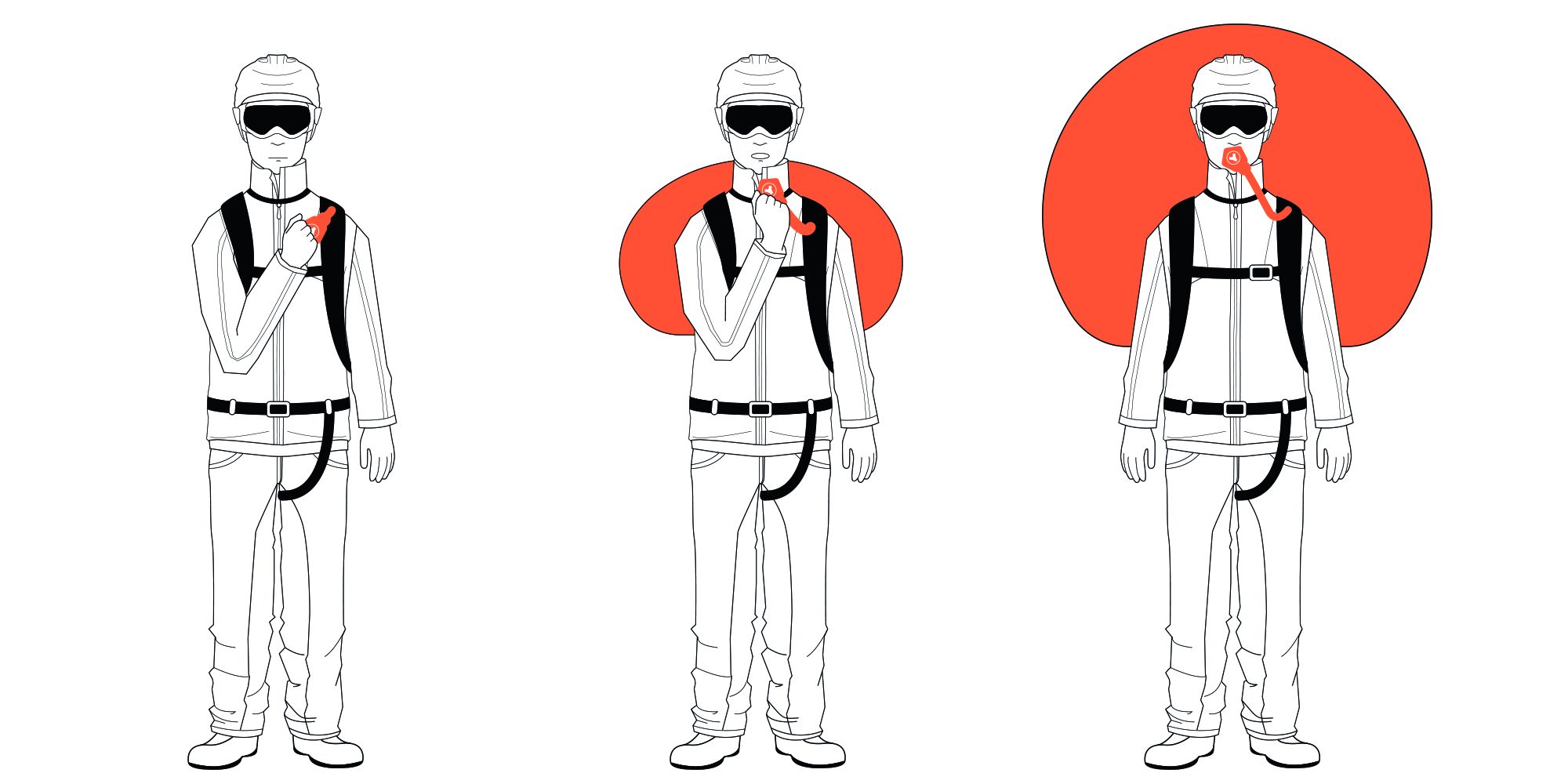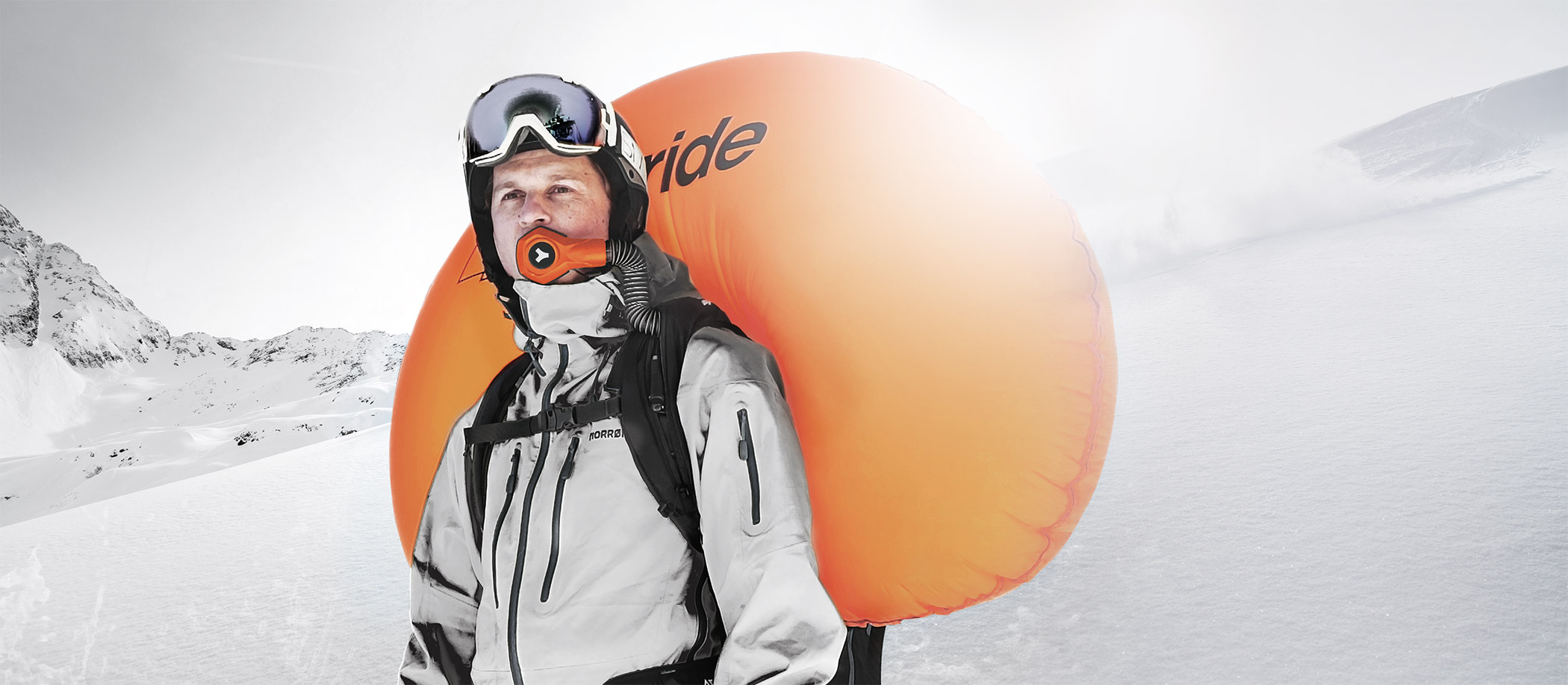ERGONOMICS AND WEARING COMFORT
4PAD
BACK SYSTEM
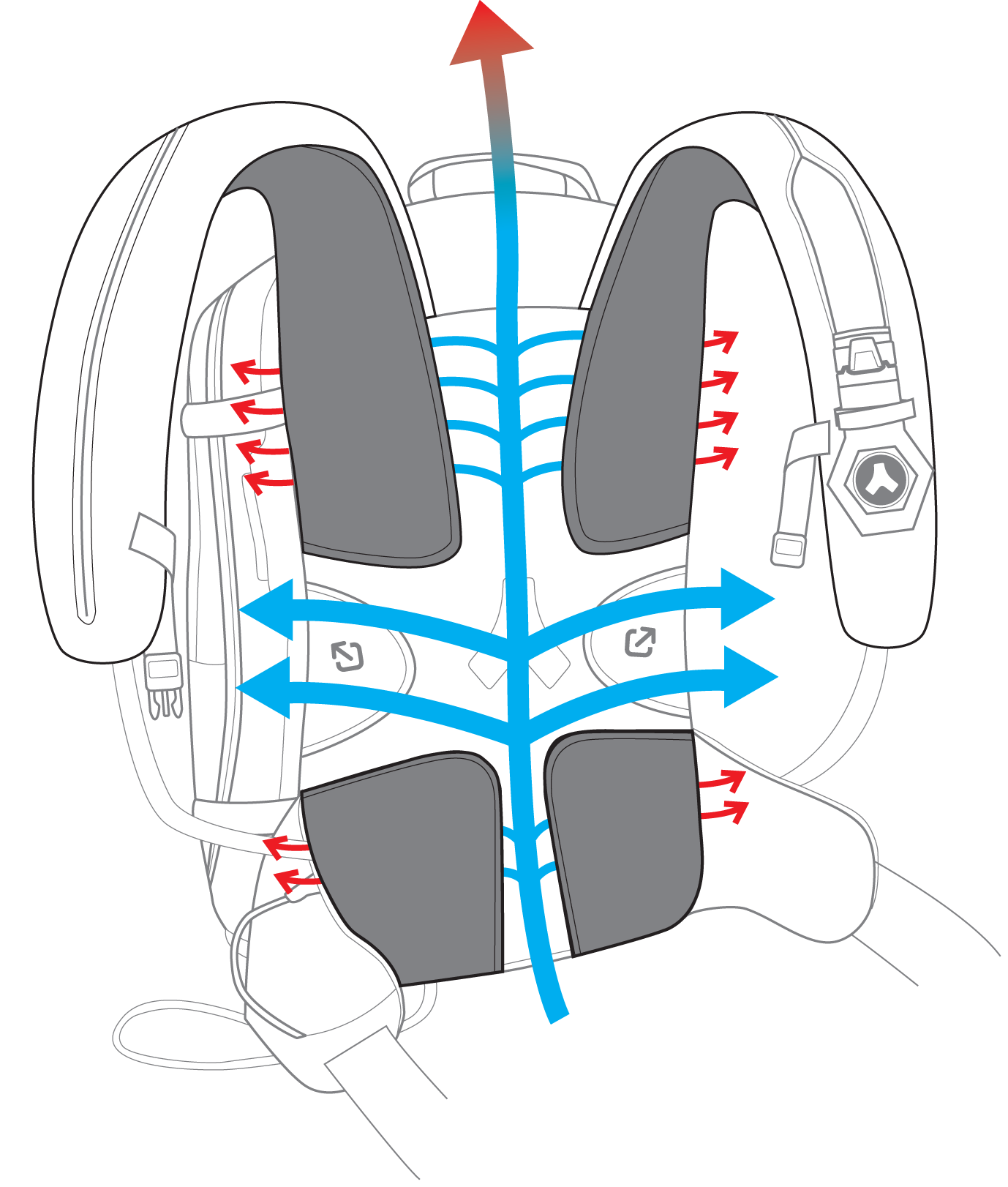
4PAD
ACTIVE CUSHION
Whether ascending or descending, the Surface backpack line offers the best possible wearing comfort and freedom of movement thanks to the 4Pad carrying system. The specially designed pads fit the back perfectly and at the same time ensure proper ventilation of the back. The seamless transition of the pads to shoulder straps and hip fins ensures best carrying ergonomics and makes the Surface backpack line a reliable companion even on long tours.
Features
4 cushioned pads placed exactly where the carrying system is being used
Optimum ventilation in the gaps between the pads
Seamless transition from pads to shoulder straps and hip fins for optimum ergonomics



